Related Research Articles
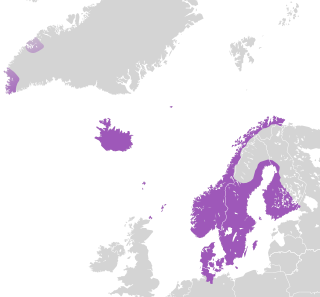
The Kalmar Union was a personal union in Scandinavia, agreed at Kalmar in Sweden, that from 1397 to 1523 joined under a single monarch the three kingdoms of Denmark, Sweden, and Norway, together with Norway's overseas colonies.
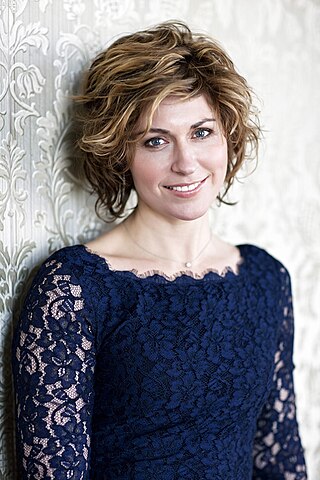
Sissel Kyrkjebø, also simply known as Sissel, is a Norwegian soprano.
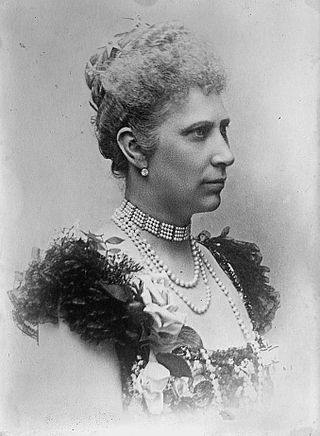
Louise of Sweden was Queen of Denmark from 1906 until 1912 as the spouse of King Frederick VIII.

Marie Sophie Frederikke of Hesse-Kassel was Queen of Denmark and Norway by marriage to Frederick VI. She served as regent of Denmark during the absence of her spouse in 1814–1815.

Ingeborg of Norway, was a Norwegian princess and by marriage a Swedish royal duchess with a position in the regency governments in Norway (1319–27) and Sweden (1319–26) during the minority of her son, King Magnus of Norway and Sweden. In 1318–1319, she was Sweden's de facto ruler, and from 1319 until 1326, she was Sweden's first de jure female regent. Her role in northern European history is considered of major importance.
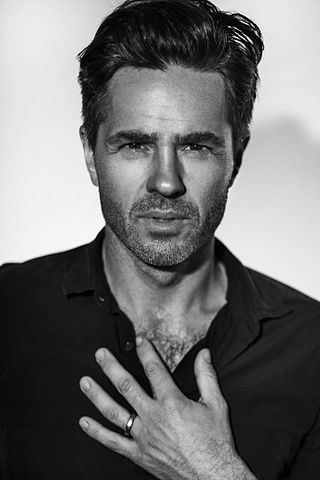
Peter Arne Jöback is a Swedish singer, actor and musical artist.

Philippa of England, also known as Philippa of Lancaster, was Queen of Denmark, Norway and Sweden from 1406 to 1430 by marriage to King Eric of the Kalmar Union. She was the daughter of King Henry IV of England by his first spouse Mary de Bohun and the younger sister of King Henry V. Queen Philippa participated significantly in state affairs during the reign of her spouse, and served as regent of Denmark from 1423 to 1425.

Hanne Margrethe Fredriksen Sørvaag is a Norwegian singer-songwriter. For many years she was based in Stockholm, Sweden, mostly composing for other artists via Universal. Today she works from Oslo, Norway and has a career as a recording and performing artist.
Martin Nürenbach or Nurembach was a German acrobat, stage actor, dancer and equilibrist active in Sweden, Norway and Finland. He was a pioneer in Norwegian theater history by founding the first public theater in Oslo in the year 1771.
Cirkus Cirkör is a Swedish circus company, and is today Scandinavia's leading performing circus company within the art form of contemporary circus. Cirkus Cirkör has toured the world with a number of successful and praised circus shows. The company has also been influential in establishing new schools and training courses for aspiring contemporary circus artists in Sweden and Scandinavia.
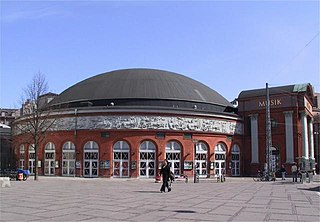
The Circus Building on Axel Torv in Copenhagen, Denmark. is a circular building completed in 1886 to serve as a venue for circus performances. The last circus to use the building was in 1990.
Helena Spinacuta, was a Swedish stage actress and acrobat and tightrope artist. She was married to the famous Italian (Venetian) acrobat Antonio Bartolomeo Spinacuta.
Rosalia Price née Masson, also known as Rosalia Masson-Price and Madame Price, was a British circus artist. She is not to be confused with her sister-in-law Hanne Tott, also called Madame Price.

Events from the year 1787 in Sweden
The Velthen Company, called Velthenska sällskapet in Sweden, and Hochdeutsche Hofcomödianten in Germany, was a travelling German Theatre Company, active in Germany, Poland, the Baltic and the Scandinavian countries of Denmark, Norway and Sweden between 1678 and 1712. The company played a vital role in the theater history of Scandinavia, where a local theater was not yet developed and where it toured from at least the 1690s onward: in 1707, it became the first professional theater to have performed in Norway.
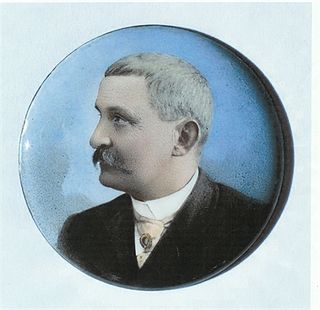
John Adalbert Madigan, was an American circus performer and ringmaster, during the later years of his life he worked in Scandinavia. He was raised in an American circus family of Irish background. He is known for his work in U.S circus scenes between 1866 and 1869, but from 1872 he worked at Cirkus Myers in Central Europe. To this circus, the Swedish-Norwegian circus artist Eleonora Olsen, later known as Laura Madigan came to work in 1875, the two became a couple.

Laura Madigan was a Swedish show rider and circus performer and director.
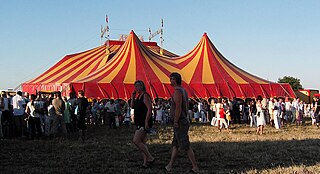
Cirkus Arena is a Danish circus that was founded in 1955. Today it is the largest circus in Scandinavia and within the nordic countries. Cirkus Arena's tent is 45 meters in diameter and can accommodate 1,750 spectators. They have several other tents that are rented out. The tour runs from March to September, where the circus visits more than 100 Danish cities. Since 1976 Circus Arena has been led by Benny Berdino-Olsen as director.

Norma Fox, also known as La Norma, is a Danish-born aerialist and trapeze artist who performed throughout Europe before moving to the United States with her husband, the Frenchman André W. Fox, in 1949. In 1952, she performed as a stand-in for Betty Hutton in the film The Greatest Show on Earth. La Norma retired in 1974 and now lives in Sarasota, Florida, where a "Ring of Fame" marker records her circus achievements.
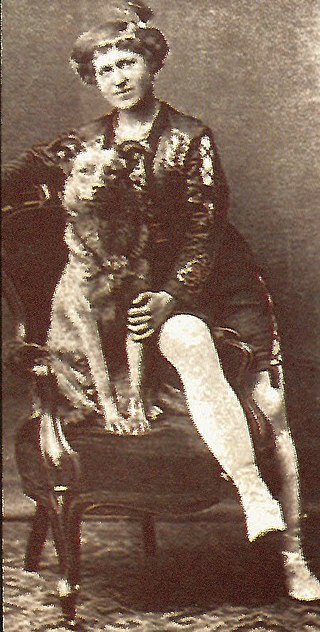
Karen Christine Irene Benneweis née Petersen (1891–1970) was a Danish circus acrobat and circus director. From childhood performed on the tightrope and the trapeze. In 1910, she joined Circus Benneweis and married its director, Ferdinand Benneweis, in 1915. Thanks to her education, she successfully developed the circus in the 1930s. After her husband's death in 1945, she became its director, drawing on the assistance of her adopted son Eli who eventually took control in 1956.
References
- Wåhlberg, Per Arne: Cirkus i Sverige : bidrag till vårt lands kulturhistoria. Stockholm Carlsson 1992. ISBN 91-7798-591-5
- Davidsen, Fra det gamle Kongens Kjøbenhavn II, 181 ff. Museum 1894, I, 184 f.
- http://www.denstoredanske.dk/Dansk_Biografisk_Leksikon/Kunst_og_kultur/Cirkus/Artist/James_Price